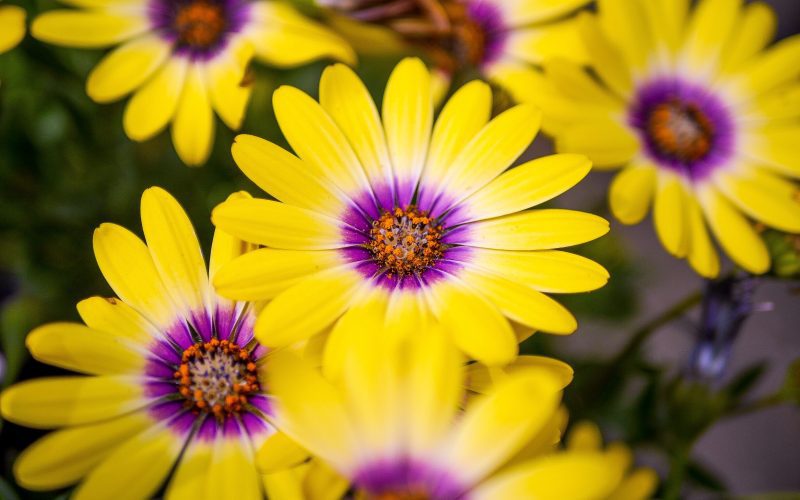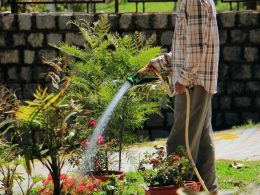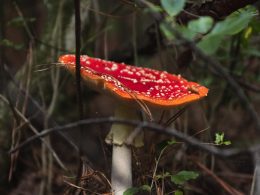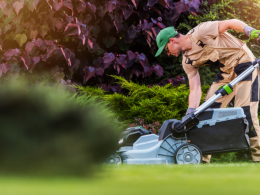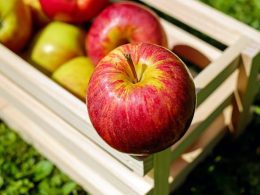If you’re a gardener who loves nature, you might be interested in creating a garden that not only looks beautiful but also provides a habitat for wildlife. A wildlife-friendly garden can attract a variety of birds, butterflies, bees, and other creatures, adding a new dimension to your gardening experience. Here are five essential elements of a habitat that can help you create a thriving ecosystem in your garden.
- Food sources
To attract wildlife to your garden, you need to provide a variety of food sources. Different species of birds and insects have different dietary needs, so it’s important to offer a range of options. For example, you could plant flowers that produce nectar for hummingbirds and butterflies, or berry bushes that provide food for birds. You could also set up bird feeders and birdhouses to provide supplemental food and shelter.
- Water sources
Like all living creatures, wildlife needs water to survive. You can provide water in many ways, such as a bird bath, a small pond, or even a simple saucer of water. Just make sure to keep the water clean and fresh to avoid attracting mosquitoes or other pests.
- Shelter
Wildlife needs a safe place to rest, hide, and raise their young. You can provide shelter in various forms, such as trees, shrubs, and flower beds. You could also set up birdhouses, bat boxes, or even a pile of logs or brush to create a cozy home for small animals.
- Nesting sites
If you want to attract birds to your garden, providing nesting sites is essential. You can offer natural nesting sites, such as dense shrubs or trees, or provide artificial nesting boxes for species like bluebirds, wrens, and chickadees. Just make sure to place the boxes in a safe and secure location, away from predators.
- Sustainable gardening practices
Finally, to create a healthy and thriving ecosystem, it’s important to practice sustainable gardening techniques. This means avoiding harmful pesticides and herbicides, using natural fertilizers, and choosing plants that are native to your area and can thrive in your garden’s soil and climate. By practicing sustainable gardening, you can create a beautiful and wildlife-friendly garden that will benefit both you and the environment.
In conclusion, creating a wildlife-friendly garden is not only a great way to enhance your gardening experience but also a way to support and promote the biodiversity of our planet. By incorporating these five essential elements of a habitat, you can create a beautiful and thriving ecosystem that will attract and support a wide variety of wildlife. Happy gardening!






